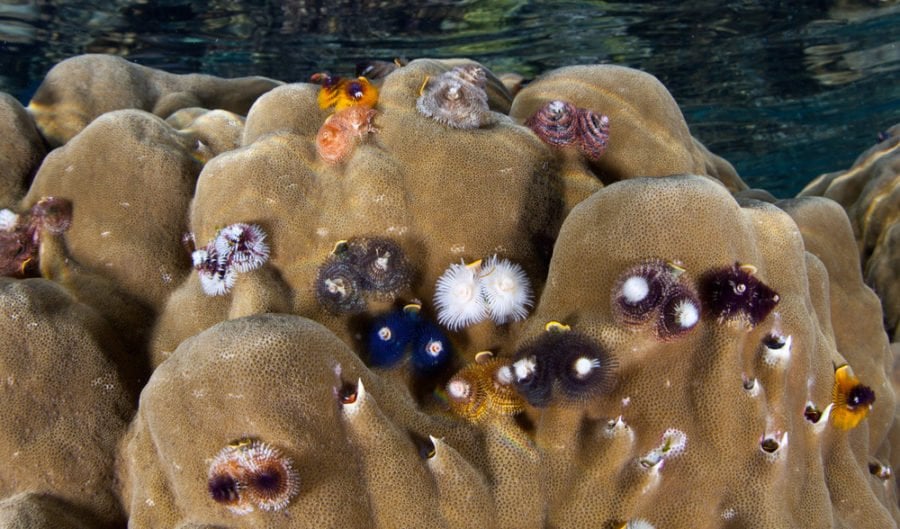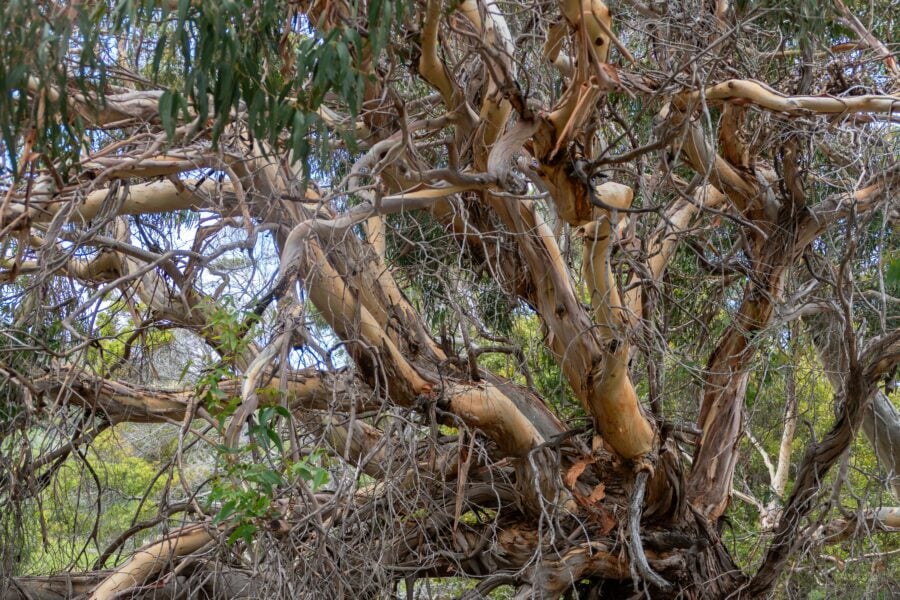Scientists successfully genetically sequence whole coral organism

CORAL EXPERTS working on a project to collect genetic data for corals on the Great Barrier Reef have made a huge breakthrough after successfully genetically sequencing a whole coral organism— including all associated symbiotic organisms, which they say could potentially have the same impact that sequencing the human genome has had in the field of medicine.
The Sea-quence project was established five years ago as an initiative of the ReFuGe 2020 Consortium to fill a large gap in scientific knowledge about the genetic make-up of reef-building corals.
According to Petra Lundgren, the Science Program Manager for the Great Barrier Reef Foundation, which partners with the Consortium, only two corals in the world had been DNA sequenced prior to the establishment of Sea-quence.
A major issue for the project was separating the genomes of the coral animal from the symbiont and microbe genomes in order to sequence the distinct individual elements.
“Developing a method to separate the different parts of the coral holobiont has been one of the project’s landmark achievements. This has paved the way for the DNA of even more coral species to be decoded in the same effective and efficient way,” Petra told Australian Geographic.
The coral successfully genetically sequenced is the Porities lutea, more commonly known as a boulder coral, and its associated symbiotic organisms including its zooxanthellae.
“It’s one of the corals that doesn’t bleach easily so we know that it is more tolerant to stress. By studying the Porities lutea genome, scientists will be closer to discovering what it might take to make a super coral,” says Petra.
Eight other coral animals have been sequenced, as well as two cultured Symbiodinium (zooxanthellae), which are microalgae that gain shelter and nutrients from the coral and in turn provides the coral with as much as 90 per cent of its energy needs, and other associated microbes.
“We’ve deliberately chosen to sequence nine different types of coral that have very different responses to stress – some are more tolerant while others suffer very quickly,” Petra says.
“Where the differences lie will also give us valuable data. Essentially, we’re aiming to decrease the size of the haystack that we’re searching for the needle in to find what makes some corals more resilient than others.”
Recently, scientists have become focussed on better understanding ‘super corals’— those that can naturally tolerate extreme conditions.
“It [genetic sequencing of coral] could potentially have the same impact that sequencing the human genome has had in the health and medical field. The results will help us understand which parts of the whole coral organism play a significant role in moderating the way corals respond to stress like warmer ocean temperatures that cause coral bleaching,” she says.
“Corals have an incredibly complex relationship with their symbionts – the algae and microbes that live inside their tissues. Working out which of these elements plays the greatest role in combatting stress that will be a big step towards understanding how we can help coral reefs become more resilient in the face of a changing climate.”
Coral expert Emma Camp from the University of Technology Sydney praised the Sea-quence project for the breakthrough.
“We increasingly understand that the resilience and recovery of corals to stress is dependent upon their holobiont community… Understanding the factors that contribute to coral tolerance is crucial for improved management of coral reefs. Having publically accessible genome sequences for all holobiont members is a great breakthrough!”
Petra says that making the genetic data publically available to all scientists will yield significant benefits in the study of coral reef health.
“The more researchers who are able to work with this data to find solutions to the challenges facing coral reefs globally, the more likely we are to get some exciting results for our coral reefs. I already know of scientists in the US, Saudi Arabia and Australia who are using the data in their research, so we are looking forward to hearing about new developments and hopefully breakthroughs in the future.”
READ MORE:
- What are ‘super corals’?
- New signs that bleached corals are making a recovery emerge.
- Growth rings, similar to ‘tree rings’ discovered in Great Barrier Reef coralline algae.




